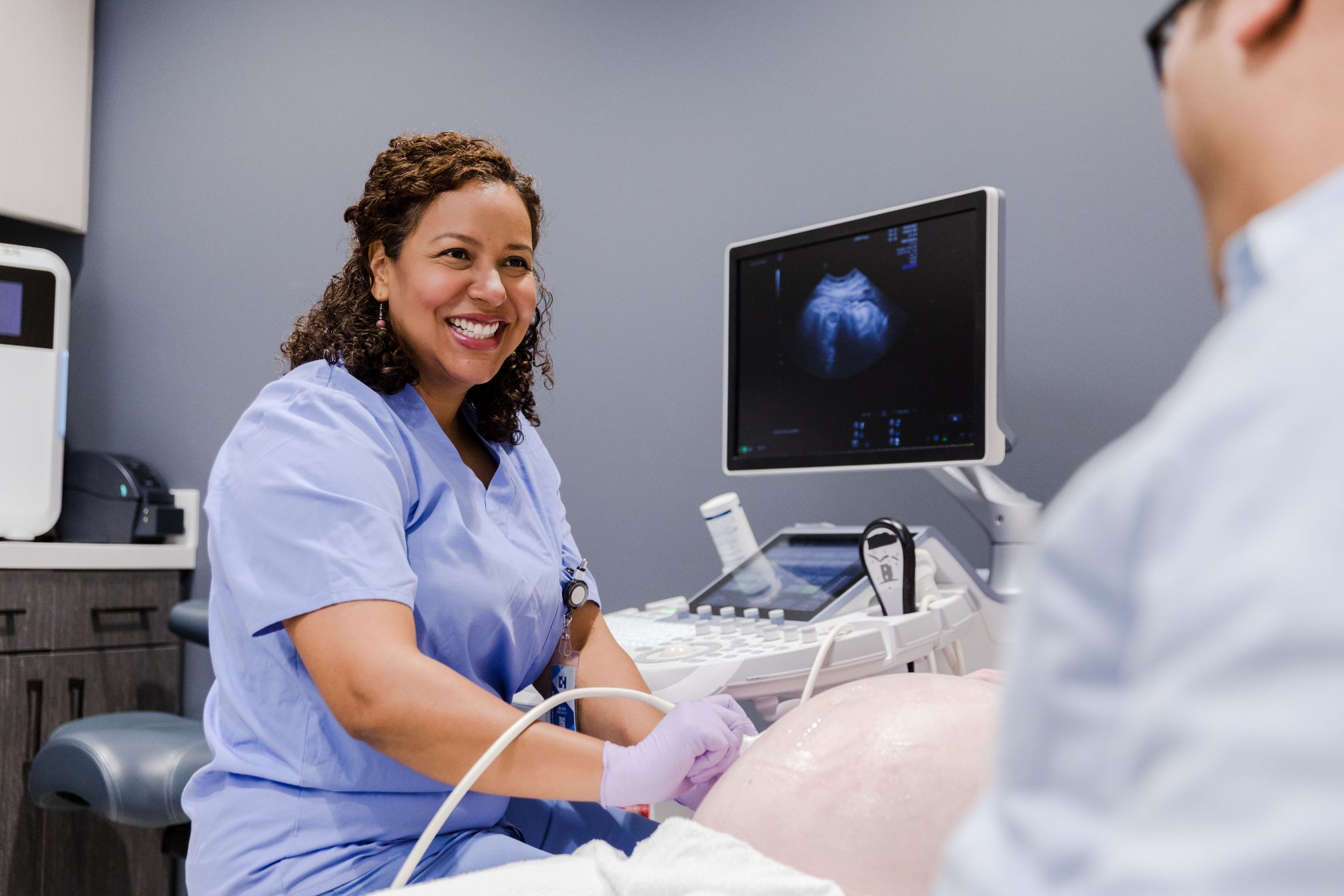Echo medical, predominantly known as echocardiography or medical ultrasound, encompasses a suite of non-invasive diagnostic procedures that utilize sound waves to create images of the heart and other parts of the body. This pivotal technology has revolutionized the field of medicine, offering real-time insights into the functioning and structure of various organs without the need for invasive surgical procedures. This comprehensive article explores the principles, techniques, and applications of echo in medicine, shedding light on its importance in modern healthcare.
The Basics of Echo in Medicine
Echo medical procedures rely on the principles of ultrasound technology. They utilize high-frequency sound waves, which are emitted by a transducer, a device that both sends and receives sound. When these sound waves encounter different tissues, organs, or fluids within the body, they are reflected back to the transducer at varying speeds and intensities depending on the density of the tissues encountered. The returning echoes are then converted into digital images by a computer, allowing healthcare professionals to visualize and assess the internal structures and functioning of the body.
Types of Echocardiography
Echocardiography, which specifically refers to the echo examination of the heart, is one of the most common and beneficial applications of echo in medicine. There are several types of echocardiography, each suited for different diagnostic needs:
- Transthoracic Echocardiography (TTE): The most common type, performed by placing the transducer on the chest wall to obtain heart images.
- Transesophageal Echocardiography (TEE): Involves passing a specialized transducer down the esophagus to get closer and more detailed images of the heart, especially useful for examining the back parts of the heart, valves, and aorta.
- Stress Echocardiography: Conducted before and after the heart is stressed, either through exercise or medication, to assess how the heart functions under stress.
- Doppler Echocardiography: Utilizes the Doppler effect to measure and visualize the flow of blood through the heart’s chambers and valves, providing valuable information on blood pressure and flow speed.
Applications of Medical Ultrasound Beyond Cardiology
While echocardiography is a cornerstone in the diagnosis and management of heart diseases, medical ultrasound has a broad range of applications across different specialties, including:
- Obstetrics and Gynecology: Vital for monitoring the development of the fetus during pregnancy, diagnosing gynecological conditions, and guiding certain procedures.
- Abdominal Ultrasound: Used to examine abdominal organs like the liver, gallbladder, spleen, pancreas, and kidneys, helping to detect tumors, cysts, stones, and other conditions.
- Vascular Ultrasound: Assesses the blood flow in arteries and veins, identifying blockages, clots, and abnormalities in blood vessel walls.
- Musculoskeletal Ultrasound: Aids in evaluating muscles, tendons, ligaments, and joints for injuries or disorders.
- Small Parts Ultrasound: Encompasses the evaluation of superficial structures such as the thyroid gland, testes, and breast tissue.
Advantages and Limitations
Echo medical tests offer several advantages over other diagnostic methods. They are non-invasive, safe (with no exposure to ionizing radiation), relatively quick, and can be performed at the bedside. Additionally, they allow for real-time imaging, making them invaluable for emergency diagnostics, guiding certain procedures, and monitoring treatment effectiveness.
However, there are limitations to what echo can achieve. Image quality can be compromised in patients who are obese or have certain lung conditions. Some parts of the body, particularly those shielded by bone or air (such as the brain or lungs), are also more challenging to image using ultrasound. Finally, the quality and accuracy of the examination heavily depend on the skill and experience of the operator.
The Future of Echo in Medicine
The field of echo medical is continually evolving, with advancements in technology leading to improved image resolution, three-dimensional imaging, and enhanced portability of ultrasound machines. Artificial intelligence and machine learning are beginning to play a role in interpreting images more quickly and accurately, potentially expanding the capabilities and applications of echo in medicine even further.
Conclusion
Echo medical represents a cornerstone of modern diagnostic medicine. Its applications, ranging from cardiology to emergency medicine, underscore its versatility and critical role in patient care. As technology advances, so will the capabilities of echo, further solidifying its status as a fundamental tool in the diagnostic arsenal of healthcare providers. With ongoing research and development, the future of echo in medicine holds promise for even greater contributions to the understanding, diagnosis, and treatment of a wide array of medical conditions.









